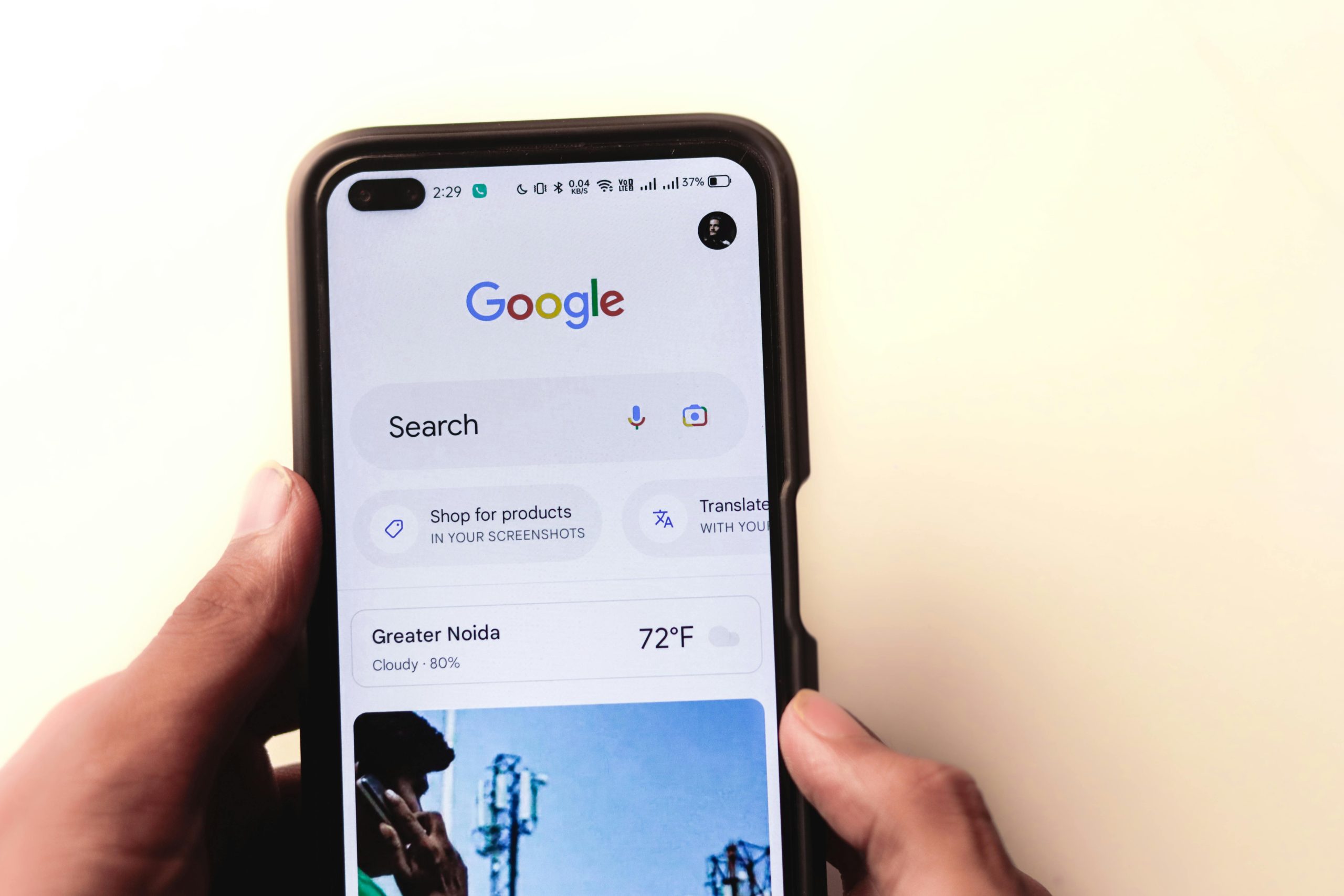To learn web design as a beginner, follow these steps:
Understand the Basics of Web Design: Familiarize yourself with fundamental concepts such as layout, color theory, typography, and user experience (UX). Numerous online resources, articles, and videos explain these core principles.
Learn HTML and CSS: HTML (Hypertext Markup Language) is the standard language used to create web pages, while CSS (Cascading Style Sheets) controls the presentation and layout. Start with tutorials on websites like Codecademy, freeCodeCamp, or W3Schools to gain a solid foundation.
Explore Responsive Design: Learn about responsive web design to ensure that your sites look good on all devices (desktops, tablets, and phones). Familiarize yourself with frameworks like Bootstrap that simplify the process of creating responsive layouts.
Get to Know Design Tools: Use tools like Adobe XD, Figma, or Sketch to create mockups and prototypes of your designs. These tools can help you understand the design flow and improve your skills in creating visually appealing websites.
Practice, Practice, Practice: Build your projects, start with simple websites, and gradually increase complexity. Consider following tutorials or redesigning existing websites as exercises to refine your skills.
Study Existing Websites: Analyze websites you admire to understand their design choices, layout structures, and UX. Take notes on what works well and consider applying those principles to your designs.
Learn Basic JavaScript: While not strictly necessary for web design, understanding basic JavaScript can help you implement interactive elements on your websites. Platforms like freeCodeCamp and MDN provide great resources for beginners.
Join Online Communities: Engage with other learners and professionals through forums, social media groups, or platforms like Dribbble and Behance. Joining communities can provide valuable feedback on your work and inspire new ideas.
Build a Portfolio: As you create more projects, compile them into a portfolio showcasing your work. A strong portfolio will help you demonstrate your skills to potential employers or clients.
Stay Updated: The web design landscape changes rapidly, so regularly follow industry blogs, attend webinars, or participate in online courses to keep your skills current.
By following these steps, you’ll build a strong foundation in web design and be well-equipped to take on more advanced topics as you progress.


One response to “Beginner-friendly steps to mastering web design”
Thank you for sharing these practical steps for beginners looking to master web design! One key aspect that often gets overlooked in the learning process is the importance of accessibility. As you embark on your web design journey, I encourage you to incorporate accessibility principles right from the start.
Understanding how to create websites that are usable for individuals with disabilities not only broadens your skill set but also enhances the overall user experience for everyone. Consider utilizing tools like the WAVE Web Accessibility Evaluation Tool to assess your designs or adhering to the WCAG (Web Content Accessibility Guidelines) as you learn the fundamentals of layout and typography.
Additionally, while learning HTML, CSS, and JavaScript, also familiarize yourself with ARIA (Accessible Rich Internet Applications) attributes to ensure your interactive elements are accessible.
By prioritizing accessibility, you’ll not only create more inclusive designs but also set yourself apart in a competitive industry. Happy designing!